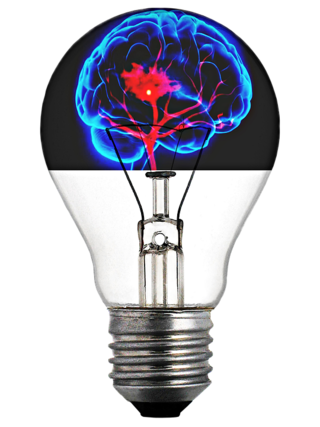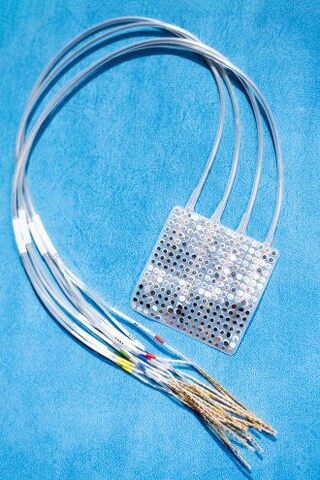
In a world’s first, a team of researchers at the University of California, San Francisco (UCSF) Weill Institute for Neurosciences released a study showing a brain-computer interface (BCI) with “plug and play” capabilities using machine learning. The solution enables a paralyzed patient's brain to control a computer using the device without extensive daily retraining.
Karunesh Ganguly, an assistant professor at UCSF and associate professor of neurology at UCSF Medical Center, is the senior author of the paper, published on September 7 in Nature Biotechnology.
“Plug and play” refers to the ability of a device to work as intended upon initial start, without any user intervention, such as reconfiguration or adjustments. For example, many computer peripherals, such as the mouse, keyboard, monitor, USB flash drive, and web camera typically work upon plug-in connection without any additional configurations. The ease-of-use of “plug and play” devices are generally considered good user experience (UX) design. The better the UX design, the easier the device is to use, and therefore the more competitive it is in the general marketplace.
Can brain-computer interface (BCI) devices work this way? Currently, brain-computing devices typically require daily configuration. Neuroprosthetic control using invasive intracortical recordings by paralyzed patients often needs daily recalibration of the brain-computer interface decoder—a time-consuming and cumbersome activity that can last half an hour or longer. Due to recording instability, there needs to be a daily recalibration of mapping neural parameters to control dimensions, according to the study authors.
Given that electrocorticography (ECoG) BCI devices are generally more stable over time than spike-based recordings, the researchers decided to use a 128-channel ECoG implant cleared for multi-year implantation for this study. The U.S. Food and Drug Administration granted approval for this study under an Investigational Device Exemption.

The researchers surgically implanted an ECoG array in the brain of an adult participant living with severe tetraparesis (quadriparesis), a weakness of the legs and arms. The participant was then allowed to recover over several weeks. The experiments involved having the participant try to control a cursor on a computer screen using the brain.
The scientists studied how the BCI brain representations changed over time. For about half a year, the team evaluated daily initialization versus long-term closed-loop decoder adaptation (ltCLDA).
“Our results demonstrate that ltCLDA leverages the stability of ECoG to allow increasingly complex control strategies based on consolidation of control maps,” the scientists wrote.
To achieve these results, the team first studied daily initialization, an approach often used by spike-based recordings, where the participant initialized the decoder weights each day by imagining movements. The team found that performance varied day-to-day.
“There were days during this period when the participant could not even complete the fixed block because of poor control,” the team reported.
Could a long-term closed-loop decoder adaptation approach, where weights from the prior session were used for the current session, help stabilize the decoder weights and improve performance? To answer this question, the team streamed ECoG signals in a decoder, and the decoder weights were learned through closed loop decoder adaptation (CLDA). The researchers used Kalman filtering, also known as linear quadratic estimation (LQE), as a brain-computer interface decoder.
“We developed a computational model underlying the complex interplay between an artificial user learning to use a BCI decoder while the decoder adapted online to the user’s neural controller,” wrote the researchers.
The team then tested “plug and play” control for over 44 days. The brain-computer interface was stable for over a month from the last calibration without any notable decreases in performance. “Overall, our participant appeared capable of recalling the consolidated neuroprosthetic strategy after extended breaks,” the researchers reported.
"We are excited to use this approach to test control over more complex devices, such as a robotic arm and hand,” said Dr. Ganguly. “Long-term practice and stable memories of control are likely to be even more important for such control.”
Copyright © 2020 Cami Rosso All rights reserved.
"interface" - Google News
September 10, 2020 at 01:07PM
https://ift.tt/33i2gJJ
World's First “Plug and Play” Brain-Computer Interface - Psychology Today
"interface" - Google News
https://ift.tt/2z6joXy
https://ift.tt/2KUD1V2
Bagikan Berita Ini














0 Response to "World's First “Plug and Play” Brain-Computer Interface - Psychology Today"
Post a Comment